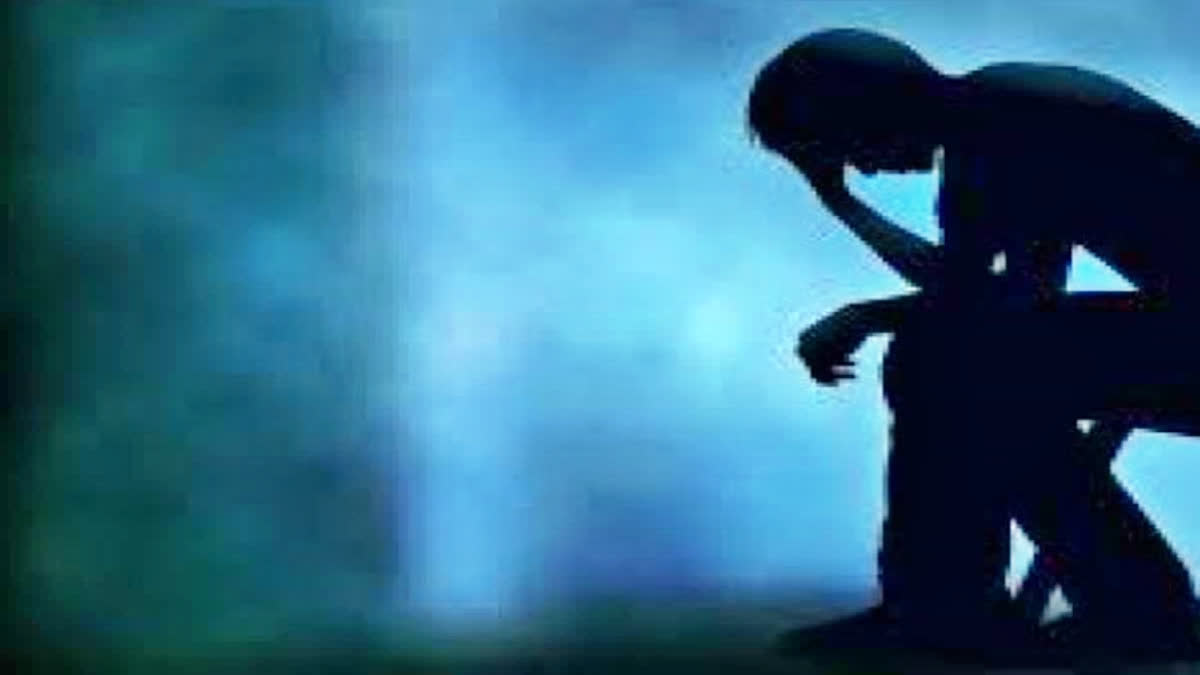New York: Early one Sunday morning, Latha (not her real name) and her husband were woken by police at their door demanding she accompany them to the local station. Having just returned from the hospital where she had received emergency treatment for attempting to poison herself, Latha had been relieved and grateful to finally be back home. But following this police harassment and intrusive questioning by her neighbours, a deep sorrow began to envelop her again. Latha's story is sadly very common in India.
In 2021, over 164,000 people were reported to have died by suicide in the country, a 7.2 per cent increase in the number of suicides compared to 2020. Attempted suicide was a punishable offence under Section 309 of the Indian Penal Code until the passing of the Mental Healthcare Act in 2018, which in effect decriminalised suicide by creating a massive exception to Section 309. Section 115 of the act presumes that a person who has attempted suicide is under severe stress. Instead of punishment, the act urges governments to provide mental health support and rehabilitation.
However, Section 115 of the Mental Healthcare Act has technically not repealed Section 309. A repeal requires a parliamentary amendment that omits attempted suicide from the Penal Code. Instead, Section 115 is an intermediary fix that waters down Section 309. It was meant to put an end to the harassment and blame faced by people like Latha and her family when seeking help.
However, this has not commonly been the case. In practice, when a patient who has attempted suicide comes to a medical facility, the incident is registered as both a medical and legal case and the police are informed. The police contact the family and interview the patient and although they do not often prosecute the patient, they frequently harass and extort them and their family.
Governments have also not issued any guidance to either doctors or police on how to deal with attempted suicide in light of Section 115 of the Mental Healthcare Act, allowing these old practices to continue. What they could do is require doctors who inform the police when a person is admitted after a suspected suicide attempt, to also indicate the likelihood it was an attempted suicide and the chances of any foul play.
For example, the suicide attempt may have been precipitated by domestic violence or physical abuse, or it could be an attempted murder staged to look like a suicide. While police would still have to investigate under either scenario, the way they approach these situations could be very different if given the proper guidance and training, allowing them to sensitively handle attempted suicides without placing unwarranted blame and stigma on survivors. The police cannot prosecute an attempted suicide unless they can produce evidence it was caused by triggers other than stress. The fact that attempted suicide is still treated as a crime in India hampers the provision of care to this vulnerable group.
The fear of criminal prosecution and harassment prevents people from seeking help early. They tend to delay going to the hospital until the medical consequences of their attempt become potentially life-threatening. Many people who attempt suicide avoid seeking medical help completely. This is particularly important because the research shows those who attempt suicide are at the highest risk of another attempt in the six months following their initial attempt.
If people seek timely help not only will they get the medical care they need, but they can also receive counselling and mental health support to prevent them from attempting suicide again. Maintaining suicide as a crime in the Penal Code has not been a deterrent. If it was, suicide rates would not have risen as significantly as they have in the past five years.
According to data from India's National Crime Record Bureau, the suicide rate defined as the number of suicides divided by the population increased from 9.9 per 100,000 people in 2017 (after the introduction of the Mental Healthcare Act) to 12.0 per 100,000 in 2021. The ideal solution would be to completely decriminalise suicide by removing all ambiguity and scrapping Section 309 from the Penal Code. India is not alone in being one of the many Commonwealth countries which still have anti-suicide legislation in their lawbooks despite suicide being decriminalised in the UK in 1961.
There was no rise in UK suicide cases following the change of law. More recently, suicide rates decreased in Sri Lanka after the repeal of laws criminalising suicide in 1996. Destigmatising suicide in this way led to a more active and holistic response to the problem, which reduced suicides in the country. India has a while to go before Section 309 is off the law books.
The Home and Health Ministry, which is responsible for police and medical professionals, has yet to issue clear guidelines and protocols to handle cases of attempted suicide. Ultimately, central and state governments could intervene on behalf of those who have attempted suicide, rather than always requiring police to investigate.
They could provide evidence-based interventions for aftercare support and services. Examples such as the Centre for Mental Health Law & Policy's contact and safety planning programme that uses health workers to provide brief interventions to patients who have recently attempted suicide in hospitals are effective in reducing suicides. The roles of the government, police and medical professionals are critical in easing the crisis of suicide in India. A good starting point may be honouring the exception created by Section 115 of the Mental Healthcare Act. (AP)



